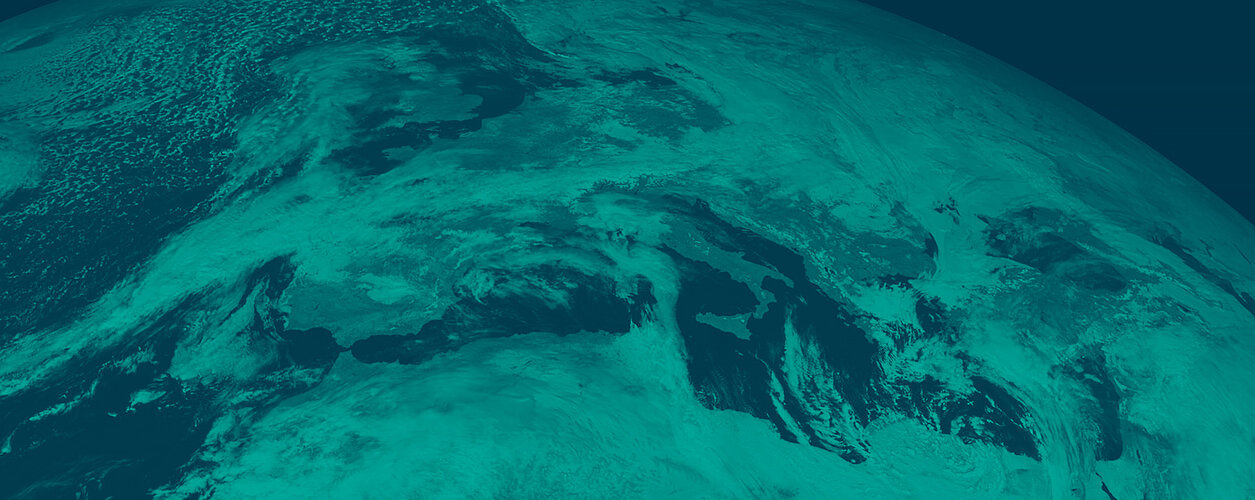Development of Meteosat Third Generation to start
Marking a significant milestone for Europe's next fleet of meteorological satellites, ESA has given the go-ahead to Thales Alenia Space in France to start work on developing the Meteosat Third Generation.
The 'Preliminary Authorisation To Proceed' was signed today after a kick-off meeting between ESA and Thales Alenia Space. This approval follows several months of negotiations that has resulted in a final industrial team of Thales Alenia Space (FR) and the initial consortium members, OHB (DE) and Kayser Threde (DE), together with, in a range of complementary functions, Astrium (DE/FR).
Formal introduction of Astrium into the consortium will take place over the next six months.
Following on from Meteosat Second Generation, the Meteosat Third Generation (MTG) is being created through cooperation between Eumetsat and ESA to ensure continuity of high-resolution meteorological data to beyond 2037.
This next series of geostationary weather satellites will be a step change by providing significant improvements over the capabilities of the current Meteosat generation.
The series will comprise six satellites: four MTG-I imaging and two MTG-S sounding satellites. The two types will be positioned over the same longitude in their geostationary orbits.
The sounding element, which also carries the Sentinel-4 payload for the Global Monitoring for Environment and Security programme as a guest payload, is a key innovation. For the first time, Meteosat satellites will not only image weather systems, but also analyse the atmosphere layer by layer and provide deeper insight into the complexities of its chemical composition.
The first MTG-I satellite is expected in late 2017, with the first MTG-S following in early 2019.
With the go-ahead now in place, the resulting consortium sees Thales Alenia Space as prime contractor and responsible for the MTG-I imaging satellite, including the primary Flexible Combined Imager. OHB is prime for the MTG-S satellite, supported by Astrium (DE) as the System Architect. The Infrared Sounding Instrument will be developed by Kayser Threde.















 Germany
Germany
 Austria
Austria
 Belgium
Belgium
 Denmark
Denmark
 Spain
Spain
 Estonia
Estonia
 Finland
Finland
 France
France
 Greece
Greece
 Hungary
Hungary
 Ireland
Ireland
 Italy
Italy
 Luxembourg
Luxembourg
 Norway
Norway
 The Netherlands
The Netherlands
 Poland
Poland
 Portugal
Portugal
 Czechia
Czechia
 Romania
Romania
 United Kingdom
United Kingdom
 Slovenia
Slovenia
 Sweden
Sweden
 Switzerland
Switzerland
































